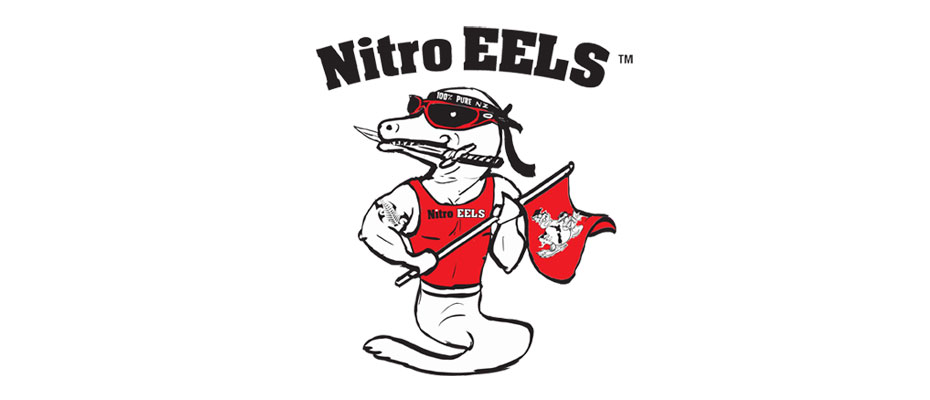Nitro EELS System
The Nitro EELS system shows that nitrogen-leachate into waterways can be mitigated and reduced using biological processes to create export-quality fish protein. The Nitro EELS system consistently delivers a discharge that is oxygen saturated and biologically stripped of nitrogen. It is intended that this system will become a commercially available solution for legislation requirements as a farm waterway ‘clip-on’ for nitrogen management plans. It has the potential to deliver multi-tiered ecological and economic benefits for farmers, fishermen, Regional Councils and environmental organisations.
Dairy Farm Installation Incentives Include:
– Resource Consent Compliance and Nitrogen Mitigation
– Improvement in nitrogen utilisation and recovery of lost farm nutrients.
– Increase in pasture productivity by allowing an increase in clover dominance, based on mitigation of nutrient levels downstream of the Nitro EELS discharge points.
– Return on installation investment (3-5% per annum* aquaculture harvesting income)
– Reduction of flying pest insects and gaining value from control (blowflies, brown and black beetle, porina moth, midges, mosquitos etc.) using light and behavioural harvesting to feed fish.
*To date the “Nitro EELS” technology is the only commercially available nitrogen mitigation system under development that can deliver a direct monetary return of investment for system installation of up to 3-5% per annum. (Figures based on current market prices quoted from NZ Eel Processing Ltd for export quality EEL and between $5-$10/kg)* The export value of live eels from NZ is growing as worldwide eel fisheries are in decline and the supply is limited.
Urban Waste Water and Farm Environmental Incentives Include:
– Capture of Nitrogen Leaching into Waterways
– Continuous Year Round Catchment Monitoring with performance measured by fish growth and survival (canaries in the coal mine).
– Waterway Ecosystem Restoration (over 90% of NZ lowland wetlands have been drained). Benefits from recreating wetlands will return some balance to this lost habitat.
– Increase in wetland wildlife with rodent control.
– Efficient and cost-saving fish harvesting methods based on natural behaviours.
– Reduction of Fishing Pressure on “Wild” Waterways by filling QUOTA demand for high quality fish.
– Increase in Wild Fish Stocks by releasing larvae and adult spawning stock

